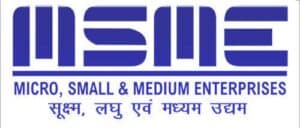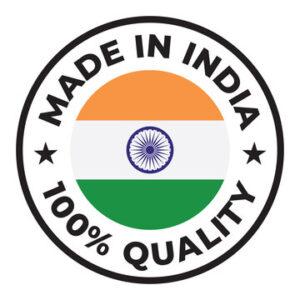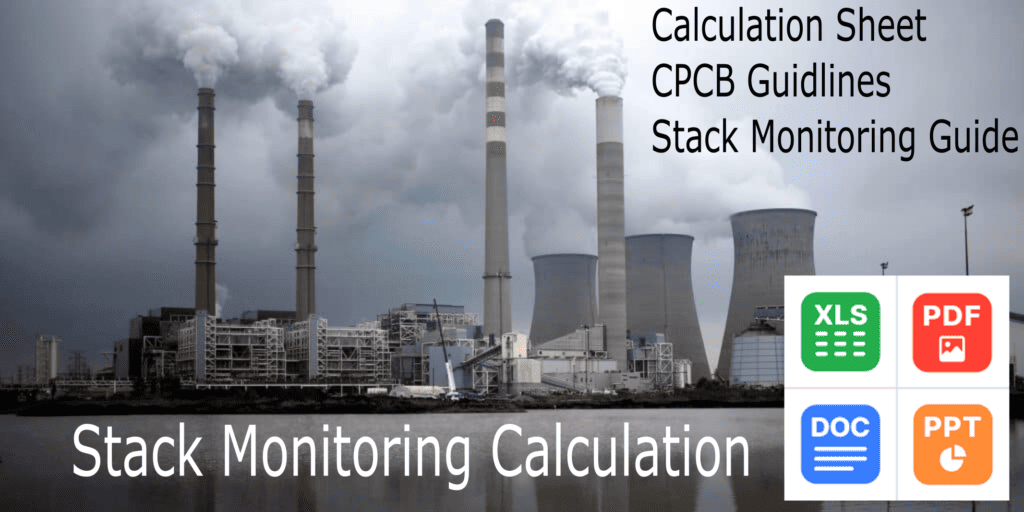





In order to better understand the calculation procedure, user must be familiar with the basic terms and glossary provided on this page:
Stack Emissions:
Particulate Matter (PM):
Gas Sampling Train:
Diluent Gas:
Sampling Probe:
Isokinetic Sampling:
Gas Analyzers:
Continuous Emission Monitoring Systems (CEMS):
Opacity:
Calibration Gas:
Reference Method:
Data Logger:
Quality Assurance/Quality Control (QA/QC):
Zero Gas:
Relative Accuracy Test Audit (RATA):
Particulate Sampling:
Audit Trail:
Pollutant Specific Monitoring:
Dioxins and Furans:
Compliance Monitoring:
What is a Stack?
A stack, essentially a chimney, serves the purpose of expelling hot air, emissions, and particulate matter to significant heights. This dispersal occurs from various types of stacks such as those associated with boilers, flue gas systems, and more. By releasing pollutants at elevated heights, the contaminated air spreads across a vast area, ensuring that concentrations at ground level remain within permissible limits, posing no harm to humans, animals, or vegetation.
Various types of flue-gas stacks exist, distinguished by the type of fuel injection they handle. Examples include DG set stacks, flue gas stacks, process stacks, furnace stacks, boiler stacks, chimneys, and others. Each plays a specific role in expelling emissions, contributing to environmental protection and maintaining air quality standards.
What is Stack Velocity?
The velocity of emissions from a stack is influenced by various factors, including the design of the stack, the temperature of the emitted gases, and the velocity of the gas within the stack. Understanding stack velocity is important in assessing the dispersion of pollutants in the air. It plays a significant role in determining how pollutants will be transported and diluted in the atmosphere, affecting their concentration levels at ground level.
Stack velocity is often considered in regulatory frameworks and environmental impact assessments to ensure that emissions disperse effectively and do not pose a threat to air quality or human health. Monitoring and controlling stack velocity are essential components of efforts to manage and mitigate the environmental impact of industrial emissions.
Stack velocity refers to the speed at which gases or air pollutants are expelled from an industrial stack or chimney into the atmosphere. It is a crucial parameter in air quality monitoring and environmental assessments. Stack velocity is typically measured in units such as meters per second (m/s) or feet per minute (ft/min).
This stack monitoring glossary provides key terms and their definitions to enhance understanding in the field of air quality assessment and environmental compliance.




